It’s an overlooked item, but it’s perhaps the single most important component on your bicycle. The lowly bottom bracket doesn’t get much attention, and if it’s working properly, that’s the way it should be — smooth and silent.
- BikeRadar’s complete guide to bottom brackets
- How to service BB30 & Press-Fit bottom brackets
- First ride on the new Specialized S-Works Enduro
Unfortunately, with the introduction of numerous press-fit bottom bracket standards over the past 15 years, too many riders have been plagued by loose and loud bottom brackets.
If you’ve been burned by bad bottom brackets, you may be glad to learn that some companies are making the shift from press-fit to threaded systems, at least when it comes to the latest crop of mountain bikes.
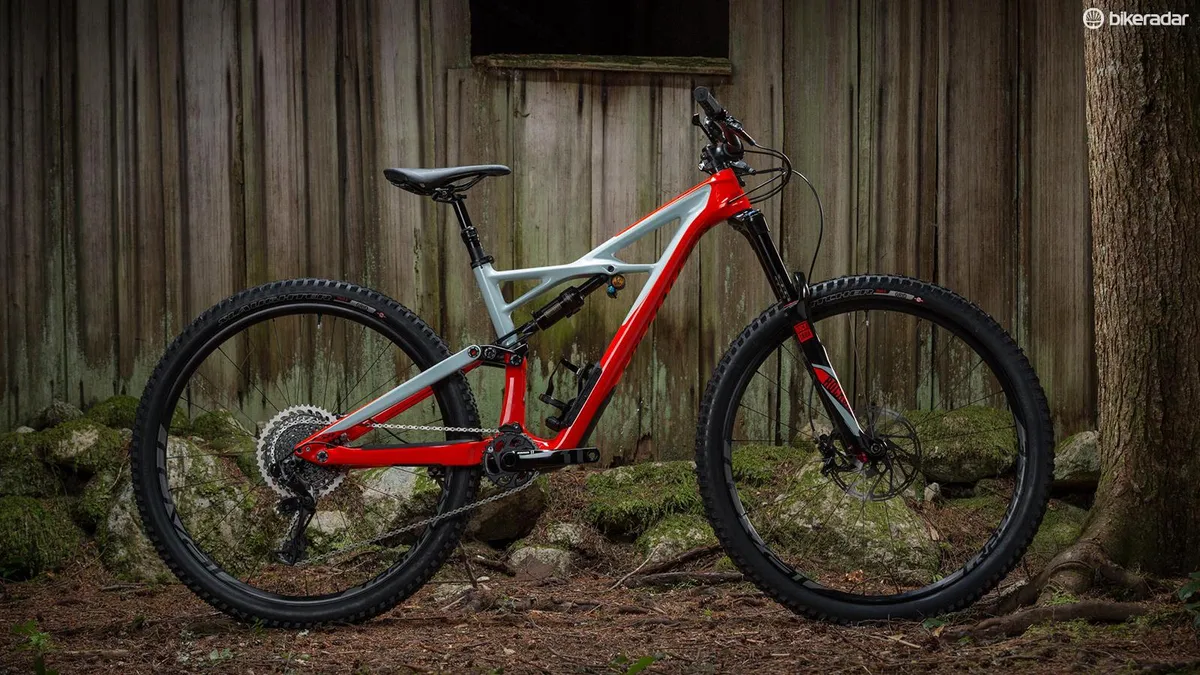
Specialized recently rolled out the redesigned Enduro. It wasn’t the typical, longer, lower, slacker marketing-speak that took many observers by surprise.
What was the standout feature on this new mountain bike that made tech geeks rejoice? The reintroduction of a threaded, 73mm bottom bracket.
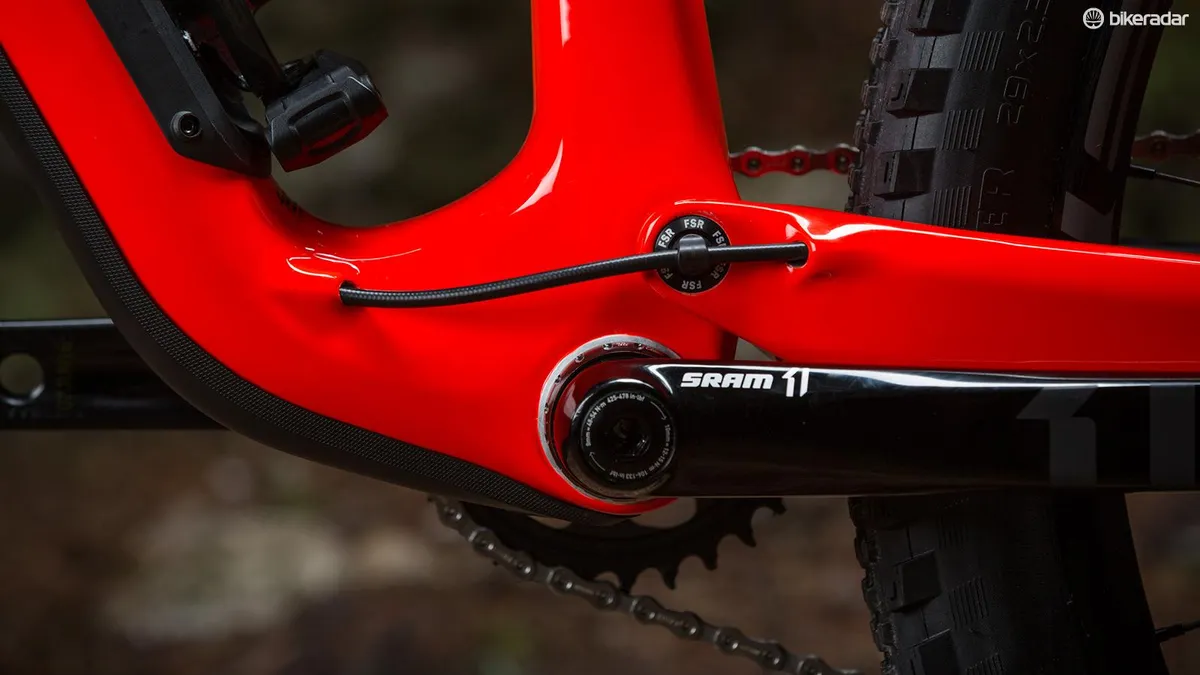
Specialized isn’t the only company re-evaluating the merits of threaded bottom brackets. Niner Bikes also made a switch from a Press-Fit 30 shell to a 73mm threaded bottom bracket on the latest iteration of the Jet 9 RDO.
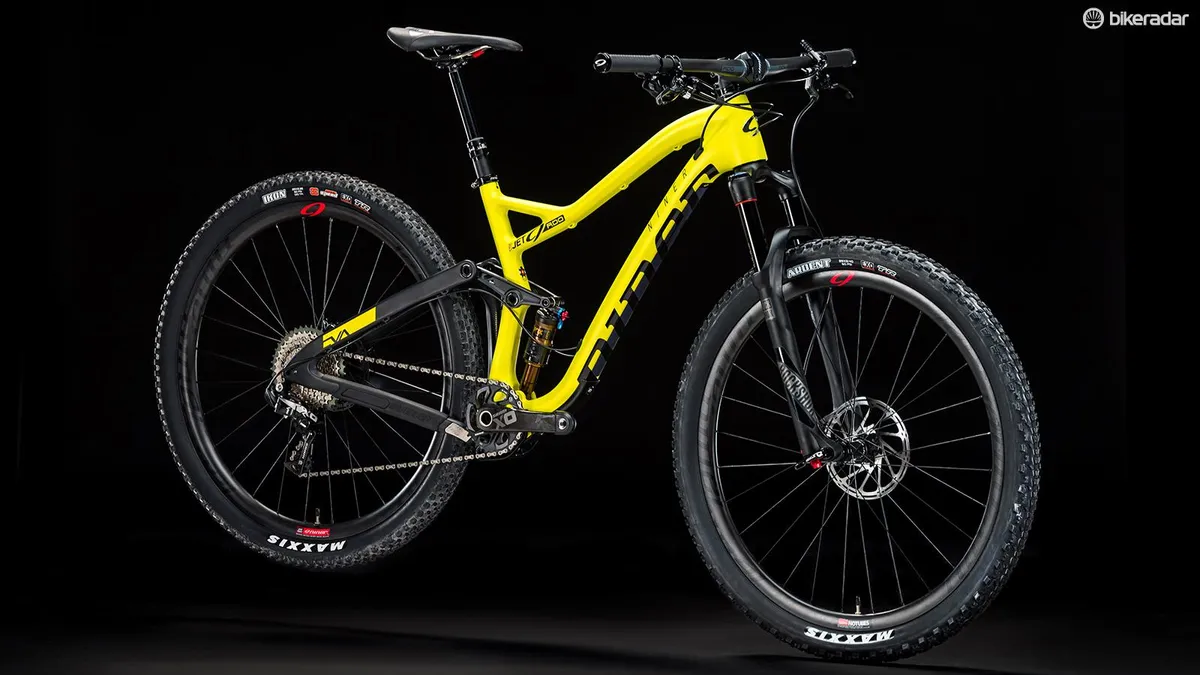
Last summer, the Jet 9 RDO was replaced as the company’s flag ship cross-country racer, this lead Niner to reposition the Jet 9 as a short-travel trail bike. This new, more aggressive stance prompted Niner to switch from a press-fit to threaded bottom bracket.
Niner’s product manager, Barrett James, says the company favors threaded shells on trail bikes as these bikes tend to get ridden harder and are exposed to more mud and contamination than their cross-country brethren. He also notes that smaller diameter threaded shells are easier to pair with ISCG-05 chain guide tabs.
“We can forge the BB shell and the upper two ISCG mounts out of one piece of aluminum to be bonded into a carbon frame. It’s a very simple and sturdy design,” James says.
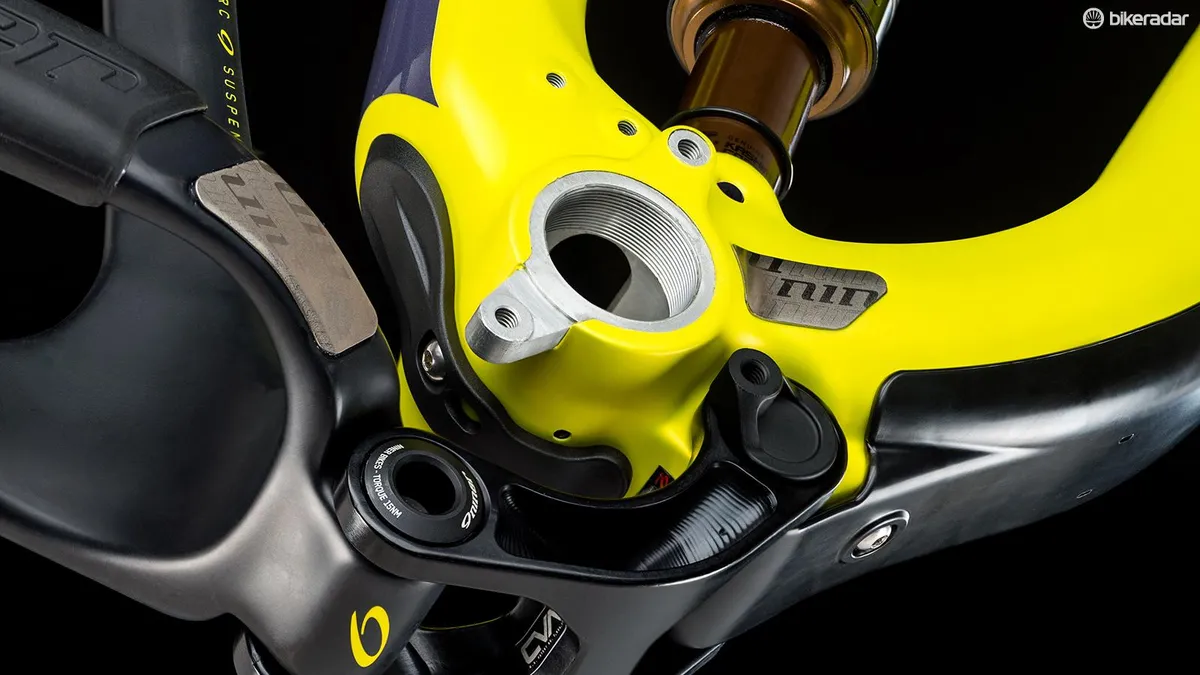
It’s very likely that other brands will follow suit in the coming years on trail and enduro bikes. So does this mean press-fit bottom brackets are destined for oblivion?
Don’t count on it. When properly executed, press-fit systems do have advantages. If ultimate weight savings is the goal — at least as far as the frame is concerned — press-fit systems still have an edge.
“It’s really an issue of intended use. If being super light is the name of the game, we will probably stick with a Press-Fit 30 shell, because it doesn’t require any bonded-in aluminum parts,” James says.
Niner also has another important reason for sticking with a press-fit standard on some of its models: versatility. The company took advantage of the larger diameter of the Press-Fit 30 bottom bracket shell to develop an eccentric bottom bracket for its frames. Two of the company’s hardtails, the Air 9 RDO and SIR 9, can easily be set up as singlespeeds with the use of this eccentric bottom bracket.
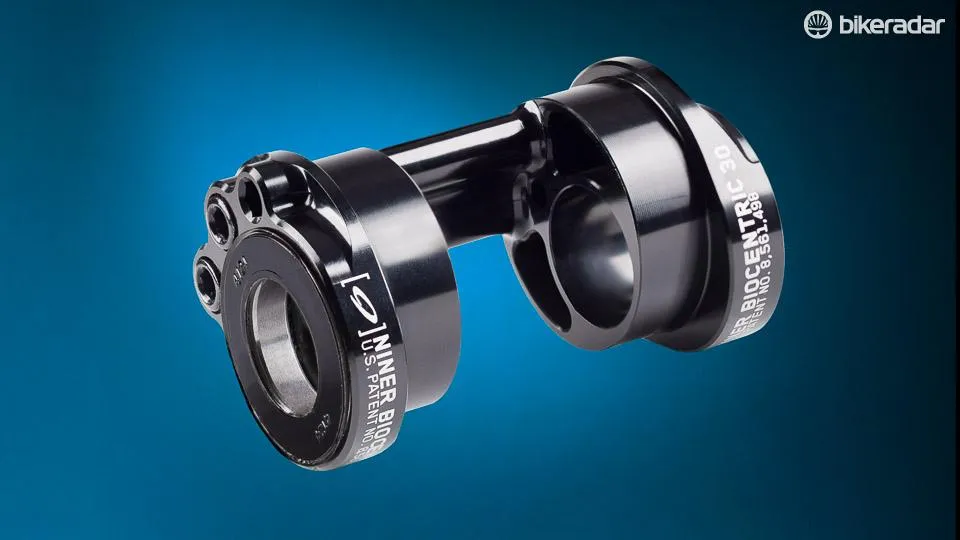
“If we think the rider might want to run it singlespeed, then we will strongly consider Press-Fit 30,” James notes.
One company, however, is sitting back and trying very hard not to say “I told you so!” to the rest of the cycling industry. (At least not on the record.) Santa Cruz has been a stalwart proponent of threaded bottom brackets on its mountain bikes.
Joe Graney may now occupy the company’s CEO chair, but for more than a decade he was the director of engineering. He watched as other companies transitioned to press-fit systems and didn’t see the point. In a 2014 interview I asked if he could make one technology disappear, what would it be? His answer: press-fit bottom brackets.
"We look at every standard and every spec decision from a couple perspectives. First, we ask if a potential change offers real, tangible advantages to the rider over what we're currently using. Then we try to put ourselves in the shoes of the bike shops and mechanics that are going to have to deal with the downstream impact of what we do. In the case of press-fit BBs on mountain bikes we actually saw more potential for detrimental performance and a higher likelihood of tools thrown in anger, so we passed on it. We got called Luddites by some at the time, but I don't think the decision cost us a single bike sale and in the end, it looks like threads won out," said Don Palermini, Santa Cruz' North American marketing manager.
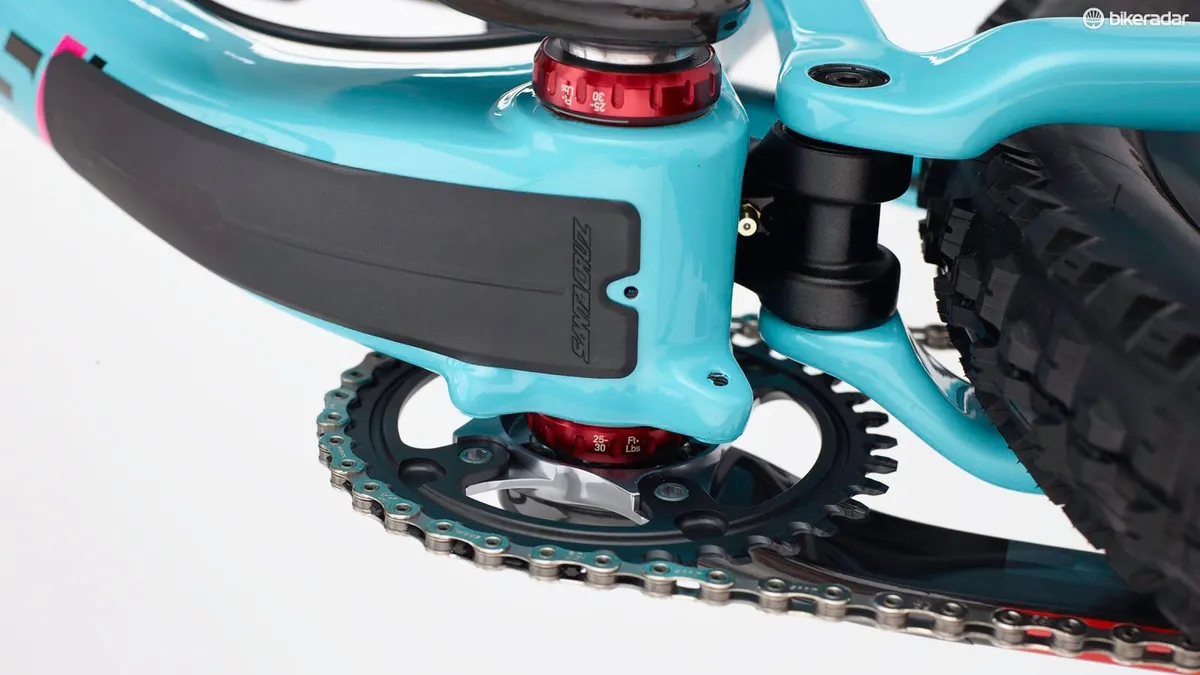
In fact, threaded bottom bracket shells have become a selling point for Santa Cruz, providing reliability that hasn’t been consistently matched by press-fit systems.
Time will tell how many other brands switch back to the tried and true (and now tried again) threaded bottom bracket.
null
